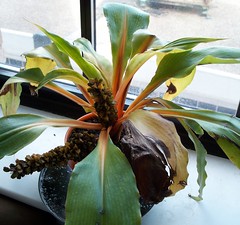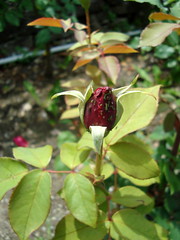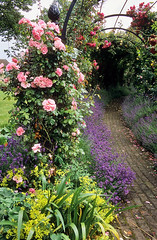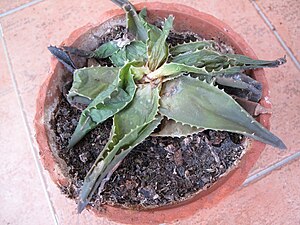The types and quality of equipment you use to take care of your plants not only have an effect on your plants' health, but your own as well.
Defective tools could cause damage to your plants, but it is worse if they are so uncomfortable to use that they cause blisters or back pain. To avoid this, look for the gardening equipment that will do the best job for your type of gardening. It must have the right amount of power to be energy-efficient to support your sustainable gardening efforts, while also being able to do the job without causing you any more strain than necessary.
Here are several items of gardening equipment with high ratings from gardeners.
1. Garden Shredders

 WORX WG430 13 amp Electric Leaf Mulcher/Shredder
WORX WG430 13 amp Electric Leaf Mulcher/Shredder
received four stars out of five from the customers on Amazon.com. It is bladeless for safety, and produces 53 gallons of mulch per minute. It is a promising tool to improve and hasten your shredding activity - meaning more great materials for your compost or mulching.
Ryobi ESR - 2240 Electric Shredder is an easy to assemble garden shredder suitable for prunings up to 40mm. It comes with built-in wheels and a plunger for increased portability.
2. Hedge Trimmer
Bosch AHS42-16 Electric Hedge Trimmer also received five stars out of five rating from the gardening equipment reviewers from recommendedbuys.co.uk. It has 420 watt output.
3. Cultivators
Mantis Tiller Cultivator
comes with patented tines to aid in cutting smoothly through hard, compacted soil. It is perfect for preparing vegetable plots, flower beds, etc. It also helps in thatching, aerating and cleaning moss. Some models also come with a free border edger.
4. Gas-Less Lawnmowers
Brill 78371 Push Reel Mower
rated 4.5 out of 5 stars from Tools-hills.com customers. It has a large top cover that protects shrubs and overhanging flowers.
American Lawnmower Deluxe Light Reel Mower 1815-18
received 4.5 stars out of 5 from Epinions.com buyers. A push-mower, it does not cause pollution, but is not suitable for tall grass.
5. Leaf Sweeper
Agri-Fab 26 Push Leaf Sweeper
is great for smaller lawns and is available with 7-cubic foot collector. It also comes with an infinite height adjustment feature.
|
|
| Gardening tools and equipment. (Photo credit: Wikipedia) |
Of
implements for harvesting, beside the
spade, prong-hoe
prong-hoe
and
spading-fork,
very few are used in the small garden, as most of them need not only long rows to be economically used, but horse- power also. The onion harvester attachment for the double wheel hoe, may be used with advantage in loosening onions, beets, turnips, etc., from the soil or for cutting spinach. Running a hand-plow close on either side of carrots, parsnips and other deep-growing vegetables will aid materially in getting them out. For fruit picking, with tall trees, the
wire-fingered fruit-picker,
secured to the end of a long handle, will be of great assistance, but with the modern method of using low-headed trees it will not be needed.
Another class of garden implements are those used in pruning but where this is attended to properly from the start, a good sharp jack-knife and a pair of
pruning shears
will easily handle all the work necessary.
Still another sort of garden device is that used for supporting the plants; such as stakes,
trellises,
wires, etc. Altogether too little attention usually is given these, as with proper care in storing over winter they will not only last for years, but add greatly to the convenience of cultivation and to the neat appearance of the garden.
As a final word to the intending purchaser of garden tools, I would say first, thoroughly investigate the different sorts available, and when buying, do not forget that a good tool or a well-made machine will be giving you satisfactory use long, long after the price is forgotten, while a poor one is a constant source of discomfort.
Get good tools, and take good care of them. And let me repeat that a few dollars a year, judiciously spent, for tools afterward well cared for, will soon give you a very complete set, and add to your garden success and pleasure.























